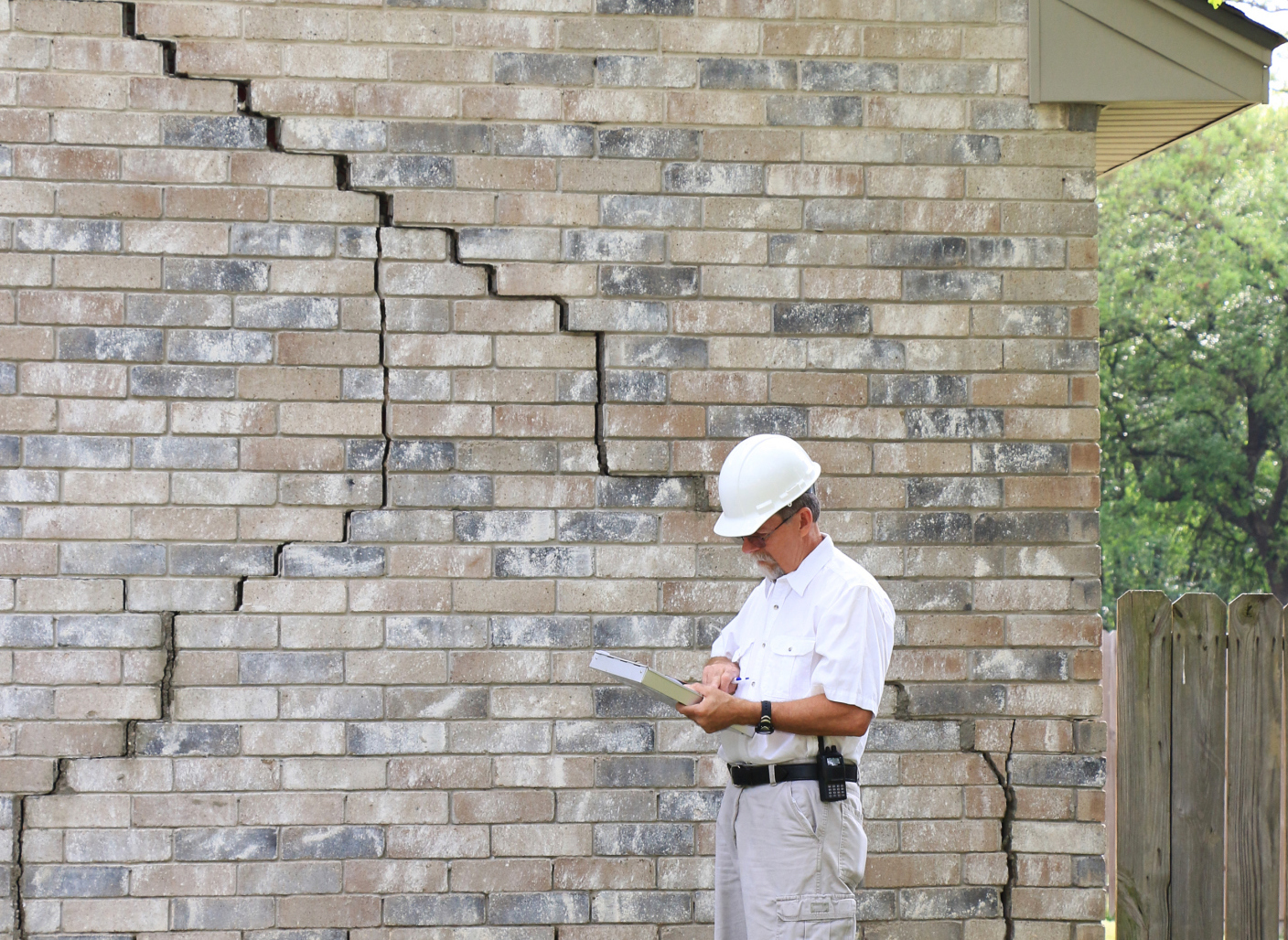
3D printing might not create skyscrapers, but who knows what’s yet to come.
Three dimensional printing seems to have taken a fast uptick from the stuff of science fiction to real-world applications. Just a few years ago, any 3D printed item was a marvel worthy of a news headline. But now, it seems that the technology had no bounds. Such is the case with the world’s first 3D printed office building. But is this particular headline really newsworthy?
Certainly manufacturing a building in a matter of days is impressive. But the structure itself, called an office building, might mislead the average reader. So while this technology is still important, you shouldn’t expect a skyscraper built using a printer just yet.
3D Printing Works for Construction
A 3D Printer can’t produce a traditional building made of steel joists. But it can produce a building. The design is programmed into the printer, which then generates panels and sections using materials such as concrete mixed with recycled glass and steel, according to CNET. Some panels are fabricated with hollows inside that are ready to accept insulation.
Check out the process in this video:
It’s not unlike prefab or modular construction in the sense that each building is prepared in sections, which are delivered and then assembled on site. But it is unlike anything else in that each section is fabricated in one process. Three dimensional printing makes modular construction look like stick built, at least by comparison.
World’s First 3D Printed Office Building Isn’t All That it Seems
While the rest of the world talks about 3D printed buildings, China’s WinSun company has been hard at work creating commercial properties, apartment houses and even villas. And while the Washington Post says there are concerns about whether China’s safety code compares to that of other countries, some engineers stress that these buildings might very well be durable because of the strengthening additives used.
The problem isn’t necessarily with whether the technology produces a building, but whether the hype matches the reality, says Engineering.com. Dubai’s “world’s first office building” which was made using 3D technology is only about 2,000 square feet. That’s no larger than many American homes, and much smaller than most commercial properties. And when compared to modular construction, which is 3D printing’s closest cousin, modular is capable of creating much more.

Stress points in traditional construction are known, but with 3D printing there are still many unknown factors.
Structural Integrity is Still Cause for Concern
Although 3D printed buildings are deemed safe, at least in the here and now, no one really knows how these structures will last. That all remains to be seen. There’s less waste with 3D printing, and the process takes much less time. But the way that a printed building is prepared causes the different layers of any given panel to cure at different rates than traditional cast concrete. And that might change what’s known about the structural integrity.
Panels are produced in layers, with a corrugated center that’s supposed to improve its strength. But while these structures do meet their local code, no one can be certain yet how they’ll stand up to normal use and the elements. There aren’t any real benchmarks for 3D printed buildings just yet.
The technology for 3D printing isn’t as new as it seems. The first was developed in the 80s, but no one could really foresee its use in commercial and residential construction back then. And as technology always does, it advances and improves.
The world’s first 3D printed office building might be a bit of a marvel, but that’s just because of the printing itself. The building itself isn’t all that grand. And once the panels are fabricated, the process doesn’t differ much from other modular construction. It saves time and money, and it also saves on materials. But what can’t really be seen now is whether these buildings will last. For that, only time will really tell.
If you’re in the field of engineering, any advance is noteworthy. This is an interesting time for technology, as records are broken and processes change. PDH Academy helps you keep up with the times. Our professional development hours help you maintain licensure and association membership, and it’s as convenient as logging in. Check out our courses and see why so many engineers have come to rely on PDH Academy for professional development hours credits.






